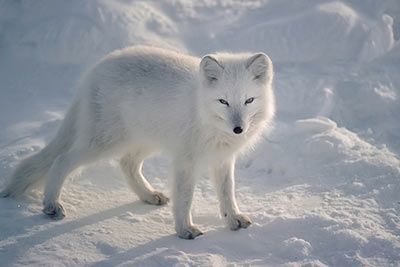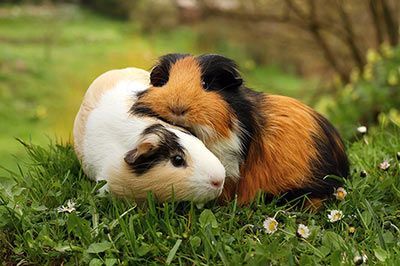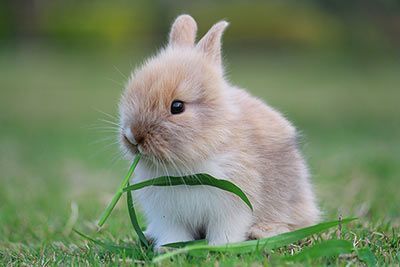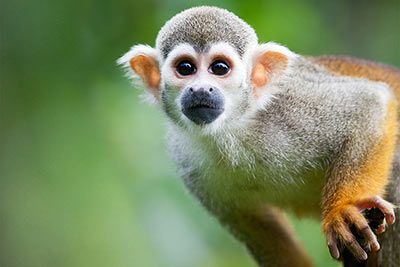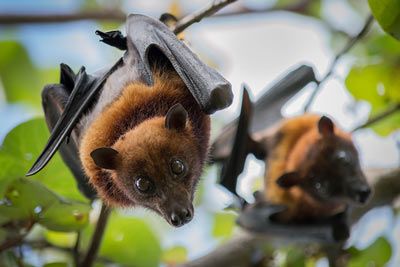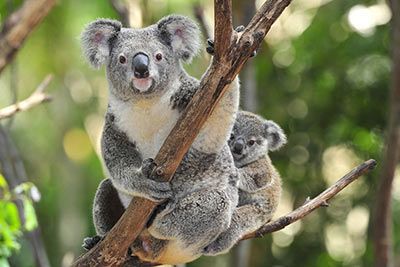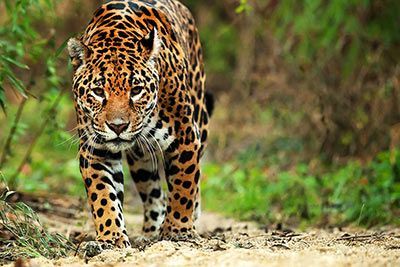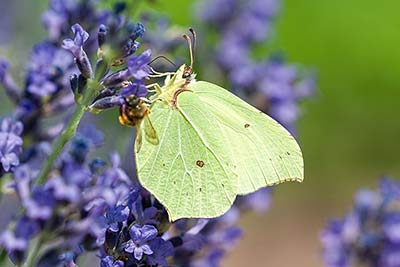Wombat
Wombat Facts
| Size | 2.2-4 ft (70-120 cm) |
| Speed | Up to 25 mph (40 km/h) (short distance) |
| Weight | 44-77 lb (20-35 kg) |
| Lifespan | 5 years (in captivity more than 20 years) |
| Food | Grasses, plants, mosses |
| Predators | Foxes, dingoes, wild dogs |
| Habitat | Australia |
| Order | Diprotodontia |
| Family | Wombats |
| Scientific name | Vombatidae |
| Characteristics | Marsupial that looks like a little bear |
Main Characteristics
What Kind of Animal is THIS? Wombats look like little plump bears, but they are marsupials and closely related to koalas and kangaroos. There are three species: the bare-nosed wombat, the northern hairy-nosed wombat, and the southern hairy-nosed wombat.
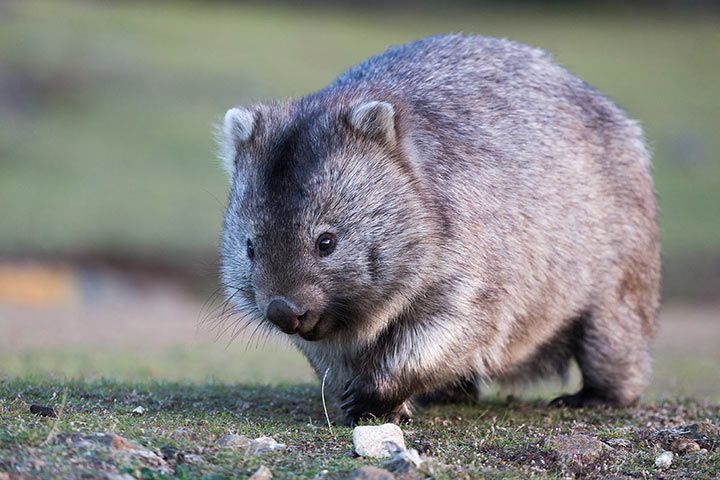
Lifestyle
Wombats Live Underground Most of the Time
Most Australians have not seen a wombat in the wild yet, as wombats spend about two thirds of their lives underground and are primarily active at night. They love to dig caves with passages up to 66 feet (20 meters) long. During one night, a wombat will move up to 35 cubic feet (1 m3) of earth to the surface.
Behavior
How Wombats Sleep
Humans like to sleep in many different positions: prone, on the back, on the side, curled up ... but no human being has ever slept like a wombat: It rolls up sideways, turns on its back and sleeps with all fours stretched up in the air.
Wombats Are Aggressive
Although wombats look sweet and cuddly, they are easily irritated and can get very aggressive when feeling threatened. Fighting wombats bite each other’s buttocks.
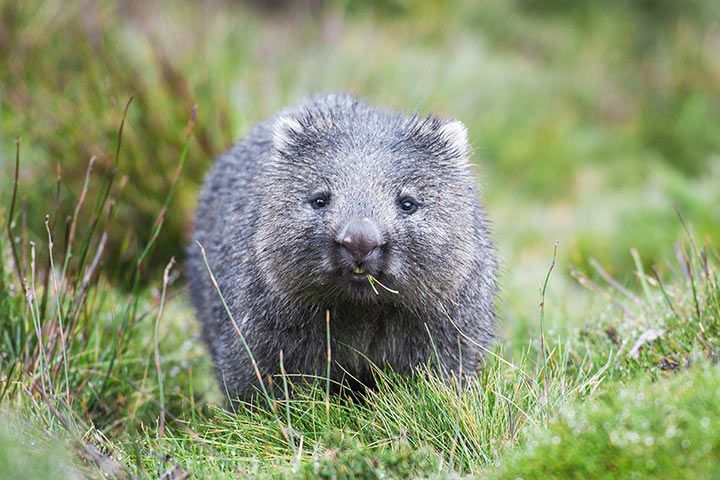
Senses and Abilities
Wombats Run Faster Than You Think
Wombats appear rather awkward when they waddle about. Yet, you cannot say that the marsupials are slow. If necessary, they can run at speeds of up to 25 mph (40 km/h). But they can only move at such a pace over short distances.
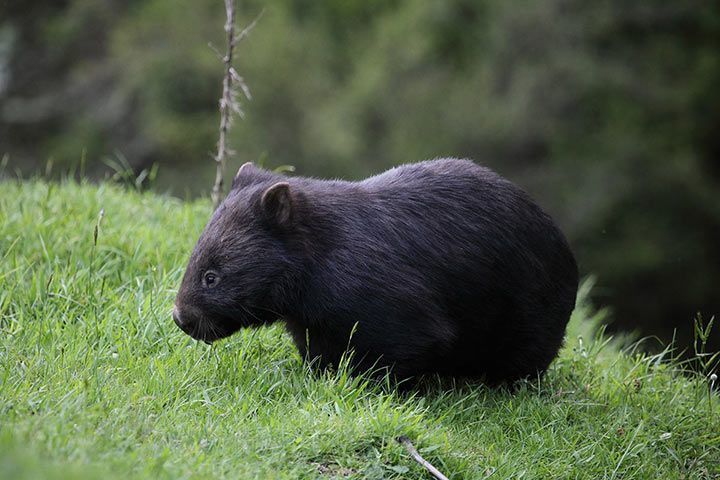
Reproduction
A female wombat gives birth to a baby every two years. When it is born, the young is not bigger than a pea. It instantly moves into its mother’s pouch, where it spends its first months growing up. The pouch of the female wombat is special: Other than kangaroos, wombats have a backwards pouch.
While digging, no soil gets into the pouch and the young stays clean. The young wombat stays in the pouch for 9-10 months and is fed by its mother up to an age of about 12-15 months.
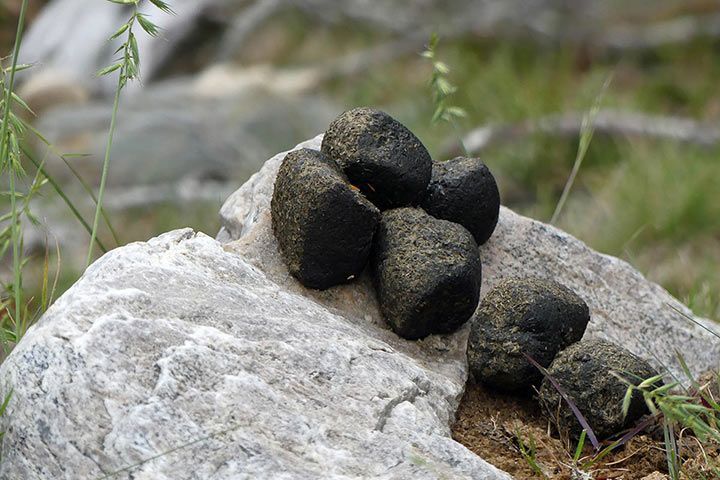
Fun Facts
Wombat Digestion
It takes up to 14 days until a wombat has completely digested its meal.
Wombats Produce Cube-Shaped Poop
Yes, that's right. The cube-shaped feces are produced in their intestine. This shape prevents the droppings from rolling away in the rocky, sloping terrain. Why is that important? Wombats mark their territory with their droppings. They want the boundaries to be clearly defined.
The Wombat Is Related To:
Animals in the Same Biome:
- Dingo
- Echidna
- Emu
- Laughing Kookaburra













